The state of Nevada encompasses USDA plant hardiness zones 4a through 10a making it necessary to choose perennials wisely.
While many perennials thrive in USDA plant hardiness zones 4 through 9 they may struggle in zone 10. Likewise, perennials that thrive in warmer climates like zones 8 through 10 may struggle in zones 4 through 7. It is vital that you understand your specific planting zone and choose perennials that are hardy in that zone.
Blanket Flower (Gaillardia grandiflora)
Blanket flowers warm the flowerbed with their striking variegated yellow and orange petals and orange centers. The petals on these daisy-like flowers are toothed giving the illusion of a bright sun. They prefer humusy soil that is evenly moist, but they will tolerate poor and dry soil. They thrive in full sun to partial shade and grow to heights of 2 to 3 feet with a spread of 1 to 2 feet. Blanket flower blooms from late spring until fall and is hardy in USDA plant hardiness zones 3 through 10.
Russian Sage (Pinus species)
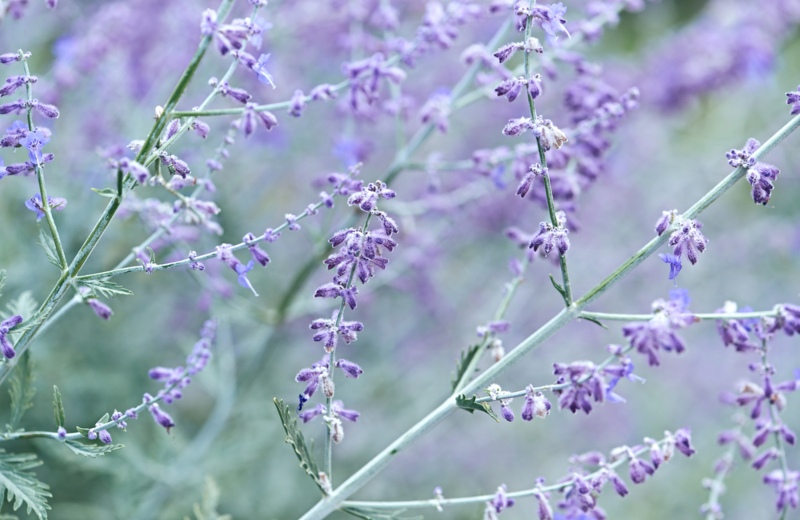
Russian sage blooms in a lovely shade of purple blue from early summer until into the fall. This plant resembles lavender with it’s gray-green foliage and distinct herbal scent. It forms arching branches of feathery foliage that reach heights of 3 to 4 feet. It prefers full sun to partial shade and thrives in nearly any soil as long as it drains well. Russian Sage is hardy in USDA plant hardiness zones 4 though 9.
Coreopsis (Coreopsis spp.)
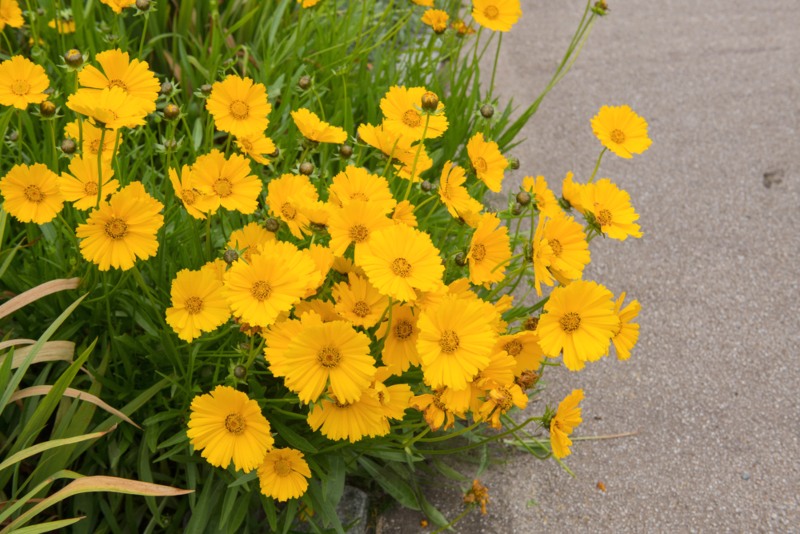
Coreopisis produces masses of daisy-like flowers that range in color from traditional yellow and gold to some amazing shades of red and pink, depending on the cultivar. It ranges in height from short, 18-inch varieties to towering 4-foot plants. This care-free perennial is long blooming. It thrives in full sun, but will tolerate some shade. It prefers loamy or sandy well-drained soil. It is hardy in USDA plant hardiness zones 3 through 10.
Yarrow (Achillea spp.)
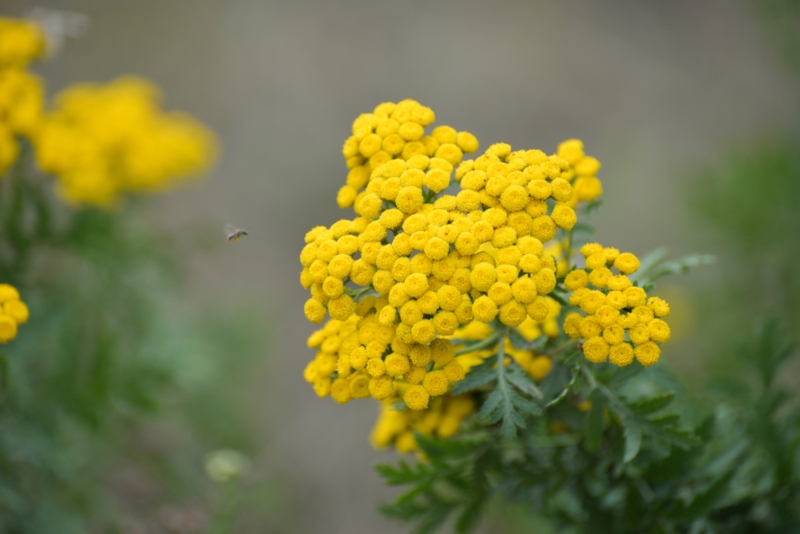
For spring color try yarrow in the perennial bed. This plant produces masses of tiny flowers on a flattened flower head. Colors range from white, yellow and pink to gold, rose and red, depending on the cultivar. It reaches heights of 1 to 3 feet with a spread to match. It thrives in full sun or partial shade and isn’t fussy about the soil, as long as it drains well. It is hardy in USDA plant hardiness zones 3 through 9.
Coneflower (Echinacea spp.)
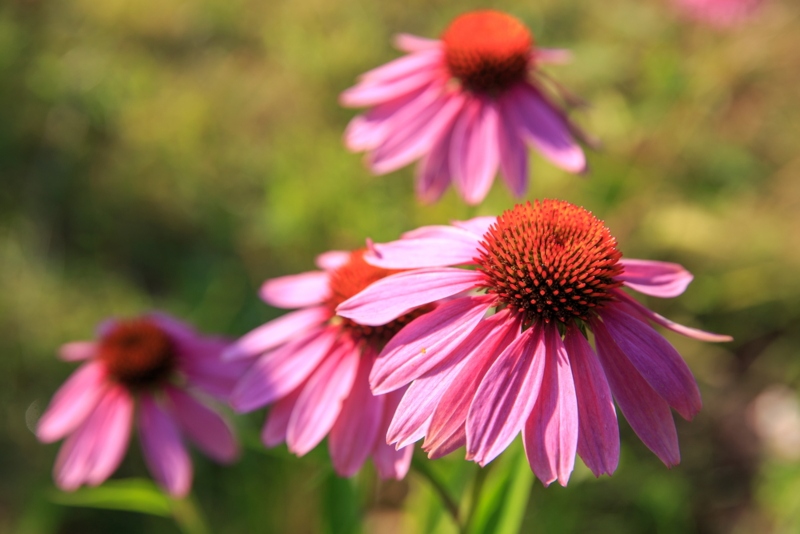
Coneflowers are tough perennials that require little care. They produce large, showy flowers that resemble a daisy with reflexed petals. Purple coneflowers are one of the most common, but there are a wide variety of colors to choose from. Colors range from pink and purple to yellow and green varieties. All coneflowers have the characteristic contrasting cone in the center. They like a sunny location, but will do well with some shade. They are not particular about the soil, but do best if it is kept moist. They are hardy in USDA plant hardiness zones 3 through 9. if grown in zone 10, they benefit from some shade.
Daylily (Hemerocallis spp.)
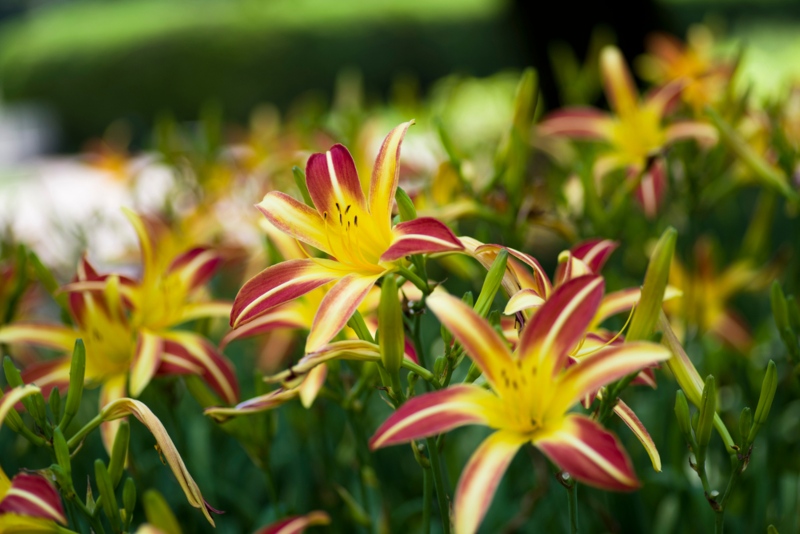
Daylilies are always a good choice in the perennial bed as they draw the eye with their bright, trumpet shaped blooms and attractive foliage. They range in color from yellow and orange to dramatic shades of red and pink. They only bloom for a few weeks, but you can extend the blooming season by planting several varieties with differing blooming times. Daylilies range in height from tiny 8-inch dwarfs to impressive 4 foot plants, depending on the variety. They grow best in full sun to partial shade in evenly-moist well-drained soil. They are hardy in USDA plant hardiness zones 4 through 9 with some varieties well-suited for zone 10..
Hollyhocks (Alcea rosea)
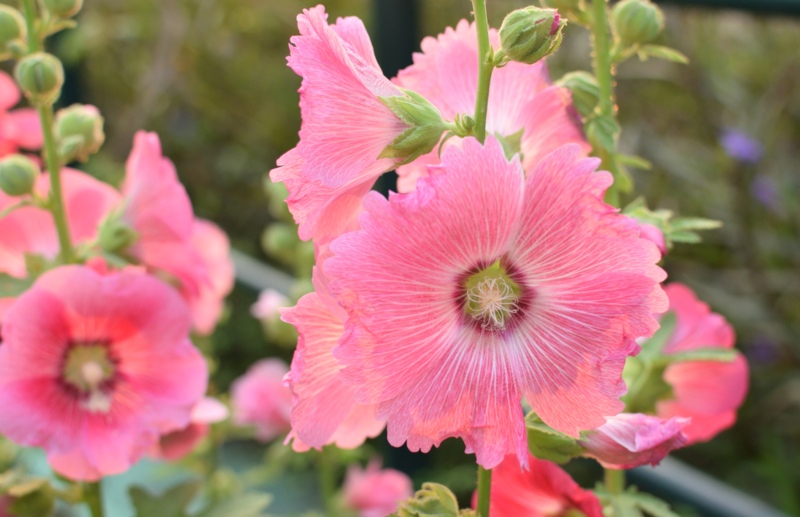
To add both height and color to the perennial bed, give hollyhocks a try. While they aren’t technically a perennial, they are a biennial that acts like one. These towering plants produce papery bell-shaped flowers on a tall, upright spike. These plants form a rosette of foliage in the fall and send up a flower spike the following year. Flower color ranges from white and pastel pink to deep rose, red and purple with many striking colors available. Hollyhocks are ideal for the back of the garden or along fences and buildings where they have some support. They prefer full sun and average soil. They are hardy in USDA plant hardiness zones 3 through 8.
Shasta Daisy (Leucanthemum)
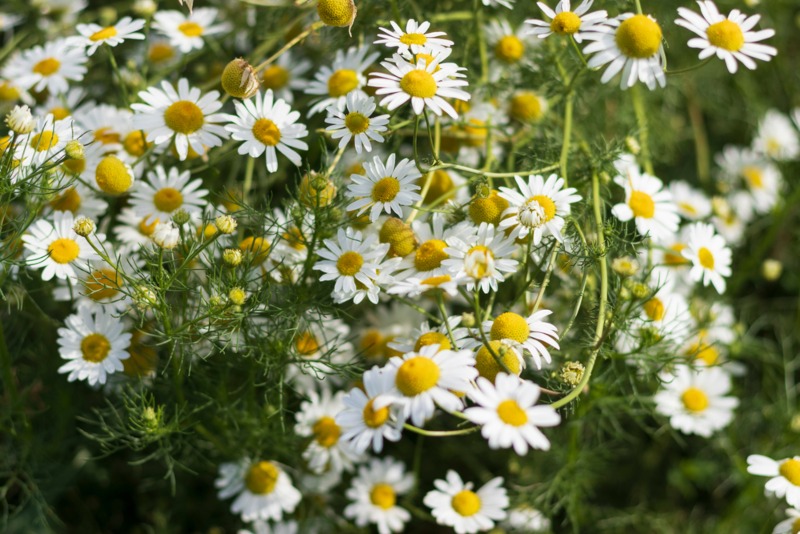
Shasta daisies look a lot like the wild oxeye daisy, but they have larger and showier blooms. The bright white petals with shimmering yellow centers is sure to bring some light to your flowerbed. For the most dramatic effect, plant Shasta daisies in a location where they catch the rays of the setting sun as they shimmer in the light at dusk. Shasta daisies grow to heights of 1 to 2 feet with a matching spread. They do best in full sun with evenly moist soil that drains well, but they will tolerate less sun. They are hardy in USDA plant hardiness zones 4 through 9.
Hostas (Hostas spp.)
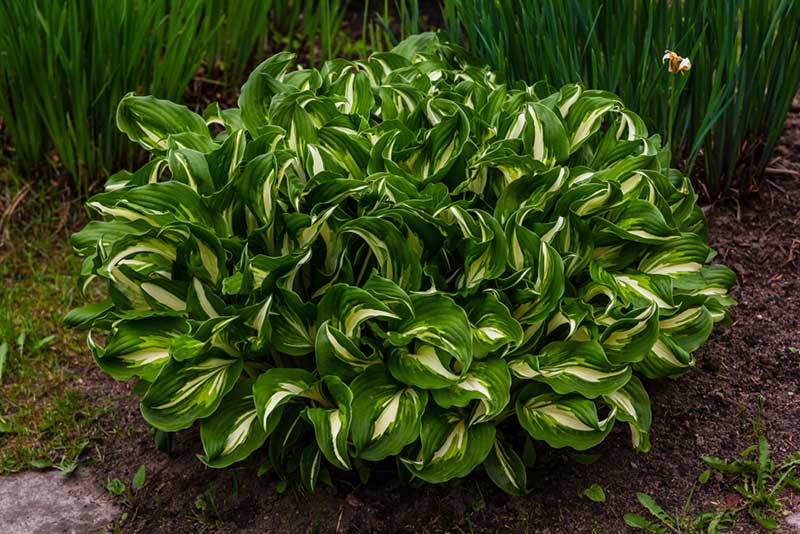
Hostas are grown primarily for their impressive foliage. These plants produce massive leaves that form an impressive mound in the perennial bed. The foliage ranges in color from deep green to nearly blue with many varieties being edged in white or yellow. These plants make the perfect backdrop for nearly any color flower and contrast well with a variety of flower shapes. Hostas thrive in partial shade, but will grow in full sun if they have some protection from the hot afternoon sun. They like humus-rich soil but will grow in average soil that drains well. Hostas are hardy in USDA plant hardiness zones 3 through 9 with some hybrids hardy in zone 10.
Starting a new perennial bed, or adding to an existing one, can be a lot of fun, but there are some things you should keep in mind.
Choose flowers with varying blooming times to keep the bed filled with color all summer, pay attention to the mature height of the plant you are planting and always match its growing needs to your location. It is also important to keep in mind that many perennials take 2 to 3 years to reach their mature size and may bloom sparingly the first season or two.




